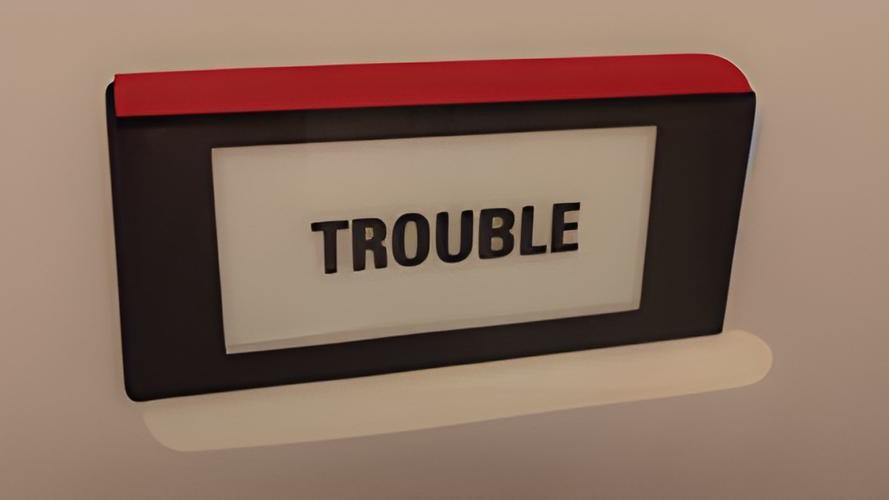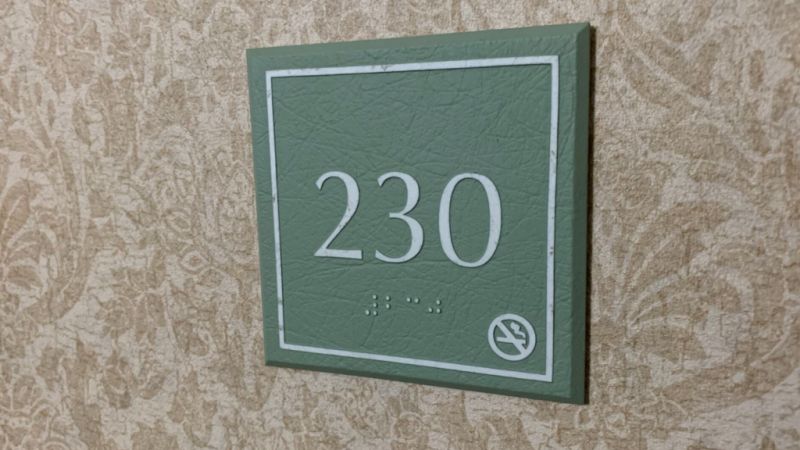
The Tenth Circuit Court of Appeals in Colorado upheld the dismissal of a tort case brought against the operator of the website Letgo. The court held that the website was not negligent and did not commit fraud in facilitating the purported transaction that resulted in the murder of a married couple.
The tragic story
At 11 PM on August 14, 2020, Mr. and Mrs. Roland met an execrable miscreant named Brown at a PETCO parking lot, intending to buy a car that Brown had placed for sale on the online marketplace Letgo. Claiming to not have the right title for the car (it turns out the car was stolen), Brown led the couple to a second location under the pretense of retrieving the correct vehicle title. But Brown ambushed the Rolands with a handgun, resulting in a struggle that led to the tragic deaths of both Mr. and Mrs. Roland, who left behind five minor children. Brown was later convicted of two counts of first-degree felony murder.
The estate sued
The Rolands’ estate sued Letgo under Colorado law, alleging a number of claims, including negligence, fraud and negligent misrepresentation. The lower court dismissed the claims. So the estate sought review with the Tenth Circuit. On appeal, the court affirmed the dismissal.
To act or not to act
The court’s negligence analysis turned on whether plaintiffs’ claim was one of misfeasance (active conduct causing injury) or nonfeasance (a failure to take positive steps to protect others from harm). The plaintiffs contended that Letgo’s claims of collaboration with law enforcement, use of technology to block stolen goods, and a user verification system created a false sense of security – that the negligence was based on misfeasance. But the court was not persuaded, emphasizing that the representations, when viewed in context, did not constitute misfeasance or active misconduct.
Instead, the court determined that the plaintiffs’ allegations were more indicative of nonfeasance, or Letgo’s failure to act, which required a special relationship between the parties for a duty of care to be established – a condition the plaintiffs could not satisfy. And in the court’s mind, even if Letgo’s actions were misfeasance, the plaintiffs failed to adequately plead that these actions were a substantial factor in the Rolands’ deaths, as the decisions made by the Rolands to pursue the transaction, and the decision of the perpetrator to commit murder, were more significant factors in the tragic outcome than the provision of the online platform.
No fraud or negligent misrepresentation either
Colorado law required plaintiffs to demonstrate a series of stringent criteria: Letgo must have made a false representation of a material fact, known to be false, with the intention that the Rolands would rely upon it, leading to damages as a result of this reliance. Negligent misrepresentation, while similar, necessitates showing that Letgo, within its professional capacity, made a careless misstatement of a crucial fact intended for the guidance of others in their business dealings, which the Rolands justifiably relied upon to their detriment.
Federal Rule of Civil Procedure 9(b) sets a higher bar for fraud claims, requiring plaintiffs to specify the circumstances of the alleged fraud with particularity, including the time, place, and content of the false representations, as well as the identity of those making them and the resultant consequences. This rule aims to provide defendants with fair notice of the claims against them and the factual basis for these claims. In certain cases, this standard may also extend to claims of negligent misrepresentation if they closely resemble allegations of fraud, highlighting the necessity for precise and detailed pleadings in such legal matters.
In this case, plaintiffs contended that Letgo’s assurances regarding safety and user verification —such as collaboration with law enforcement, technology to identify stolen goods, and “verified” user statuses — were misleading, constituting either fraud or negligent misrepresentation. However, the court found that plaintiffs failed to plausibly link the alleged misrepresentations to the tragic outcome, failing to provide sufficient factual content to demonstrate causation between Letgo’s actions and the Rolands’ deaths.
Roland v. Letgo, Inc., 2024 WL 372218 (10th Cir., February 1, 2024)
See also:



